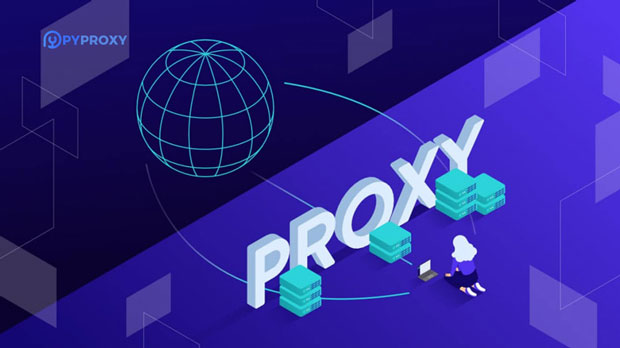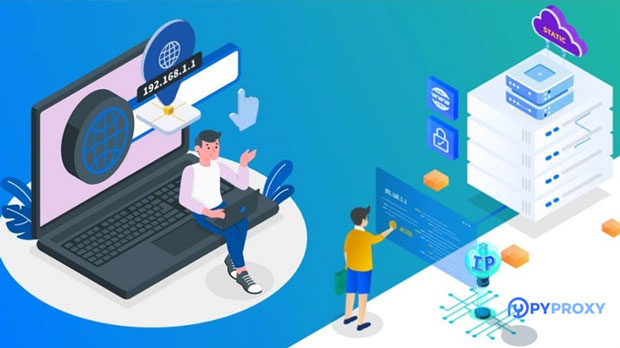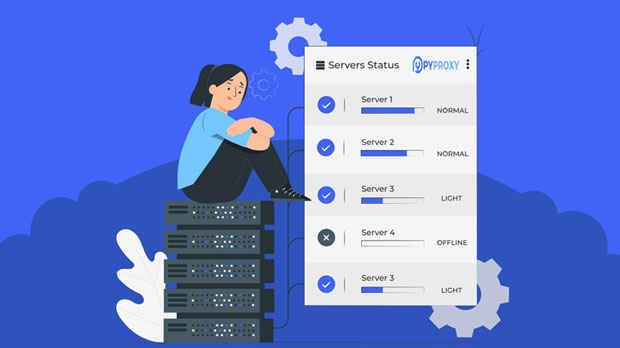In today's digital landscape, proxies are essential tools for ensuring privacy, bypassing geographical restrictions, and maintaining secure internet connections. Among the various proxy services available, PYPROXY and 911 Proxy have emerged as popular choices for users seeking reliable HTTP, HTTPS, and sock s5 proxies. Both services provide unique features and capabilities, but their performances differ across these three protocols. Understanding how Pyproxy and 911 Proxy function in each of these areas can help users make informed decisions about which service best meets their specific needs. This article will analyze their performance in detail across HTTP, HTTPS, and SOCKS5 proxies, with a focus on reliability, speed, security, and user experience. 1. Overview of HTTP, HTTPS, and socks5 proxy ProtocolsBefore delving into the performance analysis of Pyproxy and 911 Proxy, it's essential to understand the basic differences between the three common proxy protocols: HTTP, HTTPS, and SOCKS5. Each of these protocols serves different purposes and operates in distinct ways.- HTTP Proxies are primarily used for handling web traffic. They work by forwarding HTTP requests from a client to a server and returning the server's response. HTTP proxies do not encrypt data, making them faster but less secure than other types. - HTTPS Proxies function similarly to HTTP proxies but with encryption. They enable secure communication by encrypting the data between the client and the server. This is vital for protecting sensitive data during transmission, making HTTPS proxies ideal for secure browsing.- SOCKS5 Proxies offer more flexibility than HTTP and HTTPS proxies. Unlike HTTP/HTTPS proxies, SOCKS5 can handle any type of internet traffic (not just web browsing), including email, peer-to-peer (P2P) connections, and video streaming. SOCKS5 proxies do not modify the data being transferred, making them more versatile and capable of handling a wider variety of applications.2. Pyproxy Performance in HTTP, HTTPS, and SOCKS5Pyproxy is known for its versatile proxy services that cover all three major protocols. Let's explore how Pyproxy performs in each area:- HTTP Proxies: Pyproxy offers a robust HTTP proxy service with decent performance. It's ideal for general web browsing and tasks that don't require encryption. However, due to the lack of encryption, it may not be suitable for sensitive activities such as online banking or shopping. Nevertheless, the speed of HTTP proxies with Pyproxy is often considered impressive, making it a good option for less sensitive tasks.- HTTPS Proxies: Pyproxy shines when it comes to HTTPS proxies. The encryption provided by Pyproxy ensures secure communication, making it an excellent choice for users who require an additional layer of security. The connection speed in HTTPS mode remains reliable, and the added benefit of encryption means that personal information remains protected during transmission. This makes Pyproxy a great option for privacy-conscious users.- SOCKS5 Proxies: Pyproxy's SOCKS5 proxies are highly efficient and versatile. They perform well across a range of activities, including streaming, gaming, and P2P sharing. The lack of protocol restrictions allows users to use SOCKS5 proxies for virtually any type of internet traffic, making them more flexible than both HTTP and HTTPS proxies. Pyproxy's SOCKS5 proxies are fast, secure, and an excellent choice for users who need to maintain privacy while accessing various types of content.3. 911 Proxy Performance in HTTP, HTTPS, and SOCKS5911 Proxy is another widely used service that provides proxies for HTTP, HTTPS, and SOCKS5. Let's analyze its performance across these protocols:- HTTP Proxies: 911 Proxy delivers solid performance when it comes to HTTP proxies. It excels in providing a stable and fast connection for standard web browsing. However, like Pyproxy, 911 Proxy’s HTTP proxies do not offer encryption, making them unsuitable for tasks involving sensitive data. Despite this limitation, the speed of the HTTP proxies is generally fast enough for everyday internet use.- HTTPS Proxies: When it comes to HTTPS proxies, 911 Proxy competes strongly with Pyproxy. It provides encrypted connections, ensuring that users can browse securely without the risk of data interception. The performance of HTTPS proxies on 911 Proxy is reliable, with minimal connection drops. This makes 911 Proxy a good choice for users who need both security and speed for encrypted traffic.- SOCKS5 Proxies: 911 Proxy also provides reliable SOCKS5 proxies, which are essential for users who require more flexibility in their internet traffic. 911 Proxy's SOCKS5 performance is known to be fast, with low latency, making it an ideal choice for users who engage in activities like torrenting, gaming, or video streaming. The proxy's ability to handle all types of internet traffic without modifying data ensures that it remains a versatile tool.4. Key Differences in Performance Between Pyproxy and 911 ProxyWhen comparing Pyproxy and 911 Proxy in terms of performance, several factors come into play, including speed, security, and versatility. Let's take a closer look at how they differ:- Speed: Both Pyproxy and 911 Proxy offer fast connections, but users have noted that 911 Proxy tends to have a more stable and consistent speed, especially when it comes to high-bandwidth activities like streaming and torrenting. Pyproxy, while still fast, might experience occasional drops in speed during peak traffic times.- Security: Pyproxy generally provides strong encryption for HTTPS proxies, ensuring that user data is secure. 911 Proxy also offers encrypted HTTPS connections, but Pyproxy is often regarded as offering slightly more robust security protocols, particularly for users who are privacy-focused.- Versatility: Pyproxy shines in terms of versatility. Its SOCKS5 proxies are highly flexible, allowing users to connect to various types of internet services. While 911 Proxy’s SOCKS5 performance is excellent, Pyproxy’s broader range of supported applications makes it a more versatile option for users needing multi-functional proxies.- Price: Pricing can often be a deciding factor when choosing between proxy services. 911 Proxy typically offers competitive pricing with various packages that suit different needs, making it a good option for budget-conscious users. On the other hand, Pyproxy's pricing can sometimes be higher, but the extra cost is justified by the additional features, especially for those who require high-performance SOCKS5 proxies.In summary, both Pyproxy and 911 Proxy are reliable and versatile proxy services that excel in different areas. Pyproxy stands out in its versatility, particularly with its SOCKS5 proxies, which can handle a wide range of internet activities. It also offers solid performance in both HTTP and HTTPS proxies, with strong security features for privacy-conscious users. On the other hand, 911 Proxy provides a more stable and consistent performance, especially in terms of speed and reliability, making it an excellent choice for high-bandwidth activities. Ultimately, the choice between Pyproxy and 911 Proxy will depend on specific user needs, such as the desired level of security, speed, and versatility in handling various internet traffic types.
Mar 25, 2025
![arrow]()



























































